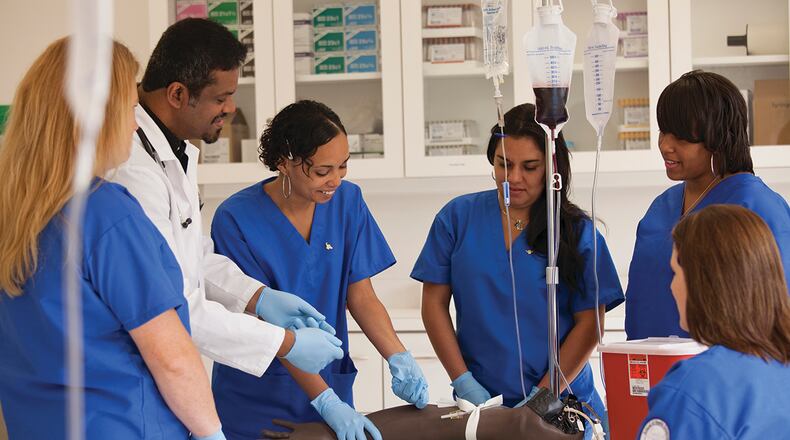According to data released by the Association of American Medical Colleges, the 2023-2024 school year marked the second consecutive year medical schools saw a drop in applicants. There were 52,577 applicants, which was a decline of 4 percent over the 2022-2023 year. This is in contrast to the 2021-2022 year, which was likely driven by people inspired to engage in careers in medicine during the COVID-19 pandemic. In 2021, there were a record number of medical school applicants, with an 18 percent increase over the previous year.
Despite a decline in applications, first-year enrollments remain high and rose 1.2 percent compared to 2023, according to AAMC data. Schools also are seeing more ethnically diverse medical students. Medical Economics reports the number of first-year Hispanic medical students rose by 4.5 percent in 2023 and American Indian or Alaska Native medical students rose by 14.7 percent. Women also accounted for more than half of applicants and first-year students.
Experts are unsure what is driving the decline in medical school applicants. However, David J. Skorton, president and CEO of the AAMC, said the medical community is seeing declines in applications for other health professions as well. The long hours, intense schooling, cost of tuition, and wear on mental health are some factors that might be causing students to reconsider medical school. Some schools are now redesigning programs to cater to medical students' overall health and wellness on their journeys to becoming doctors.
About the Author
